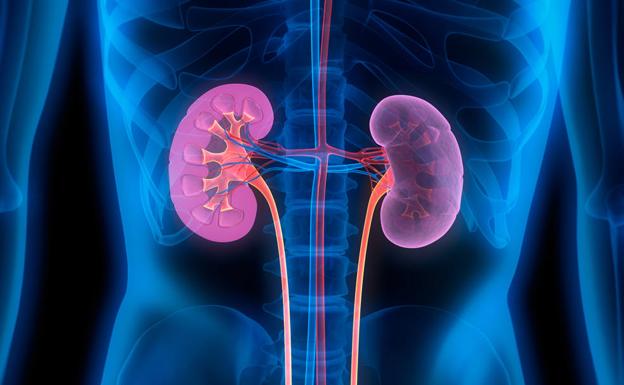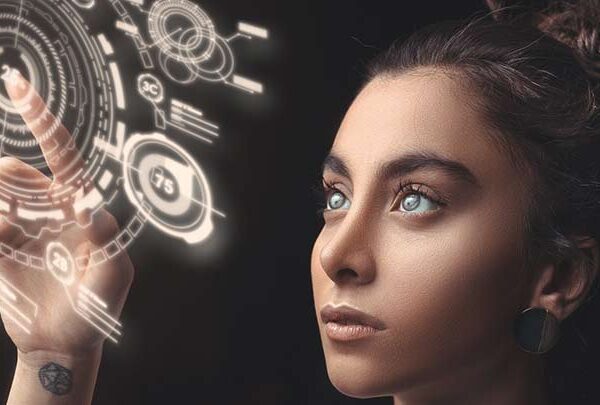The latest innovations in artificial organs

Spain leads one of the most important sectors related to health: organ donation and transplantation. This hegemonic position does not prevent, however, that there are still many people waiting. Bioengineering has been trying for decades to find solutions to these cases of sheer survival by manufacturing artificial organs to replace those damaged by sick people. And biotechnology does the same but influencing the recovery of patients’ tissues so that their organs become functional again. Both fields are taking steps to improve and extend people’s lives. These are some of the latest innovations.
A provisional artificial heart
It is not always possible to wait until there is a heart that can be transplanted, and in that case there is the option of using ‘definitive continuous flow devices’ that help the ventricle as an additional motor for the patient’s heart to pump blood. Another possibility is to replace the damaged organ with an artificial heart, which has a pump that operates two plastic capsules that replace the ventricles. In both cases an external battery placed in a backpack is used. In 2016, the first artificial heart in Spain was implanted at the Navarra University Clinic in a 47-year-old patient.
The use of artificial hearts is spreading, although it needs to be carried out by a highly qualified multidisciplinary team.
An autonomously functioning pancreas
The pancreas is another organ that is focusing research efforts on artificial organs, since the issue affects the 422 million diabetics in the world, according to the World Health Organization. Diabetes occurs when the pancreas does not secrete enough insulin or when the body does not use the insulin it produces effectively. Until now, diabetics had to take or inject medication periodically, although in recent years insulin pumps are also used, devices that mimic a healthy pancreas, providing a continuous infusion of the insulin that is in a cartridge in the inside the pump, depending on the amount that the patient has marked.
A team made up of researchers from the University of Cambridge (United Kingdom) and the University Hospital of Bern (Switzerland) is testing an artificial pancreas that would be managed from a mobile application. This artificial organ has a glucose sensor that analyzes the patient’s blood and sends the data to the smartphone, which calculates in the ‘app’ through an algorithm how much insulin the person needs and administers it through the pump, so which has an autonomous operation.
Lab made skin
Skin grafts for people affected by burns no longer have to be natural skin from the patient or a donor. Synthetic skin has existed since the middle of the last century and in Spain there was a relevant advance in 2017, with the participation of several Andalusian hospitals, thanks to the work of the Insular Engineering research group of the University of Granada. Starting from 8 cm² of skin from the patient, a 29-year-old woman with 70% of her body burned, 5,900 cm² of skin were manufactured in four weeks. The so-called ‘magic skin’ is produced by isolating two types of cells (keratinocytes and fibroblasts), which expand and are assembled in a matrix of fibrin and agarose (a polysaccharide that is extracted from certain algae) that gives more resistance to the tissue and it is more elastic.
Cutiss, a ‘spin off’ born at the Children’s University Hospital in Zurich (Switzerland), is in the clinical trials phase of a bioengineered skin tissue that grows skin cells from the patient and combines them with a hydrogel to produce ‘ denovoSkin ‘, a skin one millimeter thick, just like the natural dermis and epidermis. At the moment, the fabric is produced by hand, with highly specialized technicians and in sterilized rooms, but its managers are designing a machine that allows them to reduce the price of leather manufacturing and they trust that it will have a commercial application before next 2023.
Biopolymers to rebuild damaged tissues
Natural polymers are a promising option for rebuilding damaged tissues. The Technology and Design of Multicomponent Products team at the University of Seville has developed a biopolymer based on three biological compounds that can be used to regenerate human tissues, since it causes less rejection in the body and is cheaper than those used now. based on collagen, very strong and elastic and compatible with a person’s body, but expensive. This biopolymer could be used in tissue implants, since it serves to create scaffolds with enough force for the cells responsible for rebuilding the tissues to adhere to them. In addition, when it has fulfilled its mission, the body can eliminate it naturally, since it is a biodegradable material.
Replenish organs in space
At NASA they are very interested in creating artificial organs from human tissues, which would be a solution for life in space for a small group of people. Six years ago they called the Vascular Tissue Challenge, awarded with 250,000 euros, to encourage research that could accelerate the creation of artificial or cultured organs from human cells. The winner was a team from the Wake Forest Institute for Regenerative Medicine, which used 3D printing techniques to create liver tissue with a minimum survival of 30 days. This research will be transferred to the International Space Station, since one of the lines that are being tested is the printing of organic tissues in microgravity.










